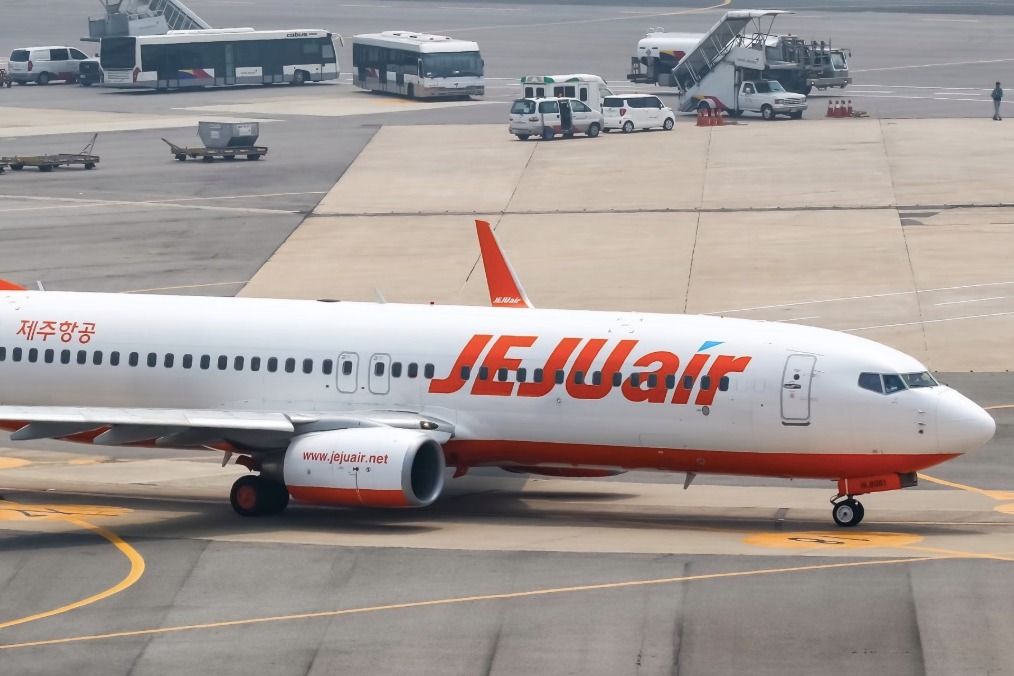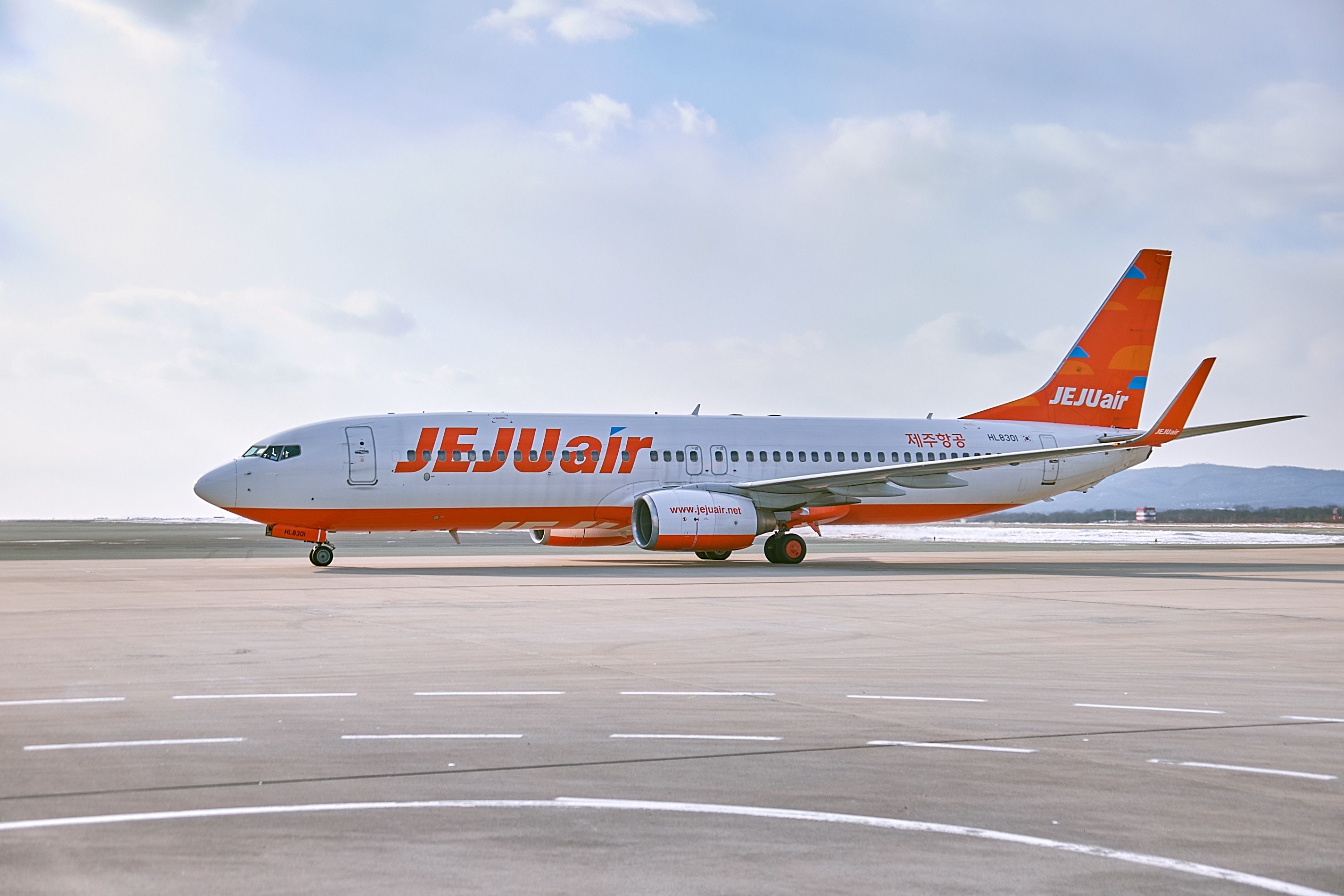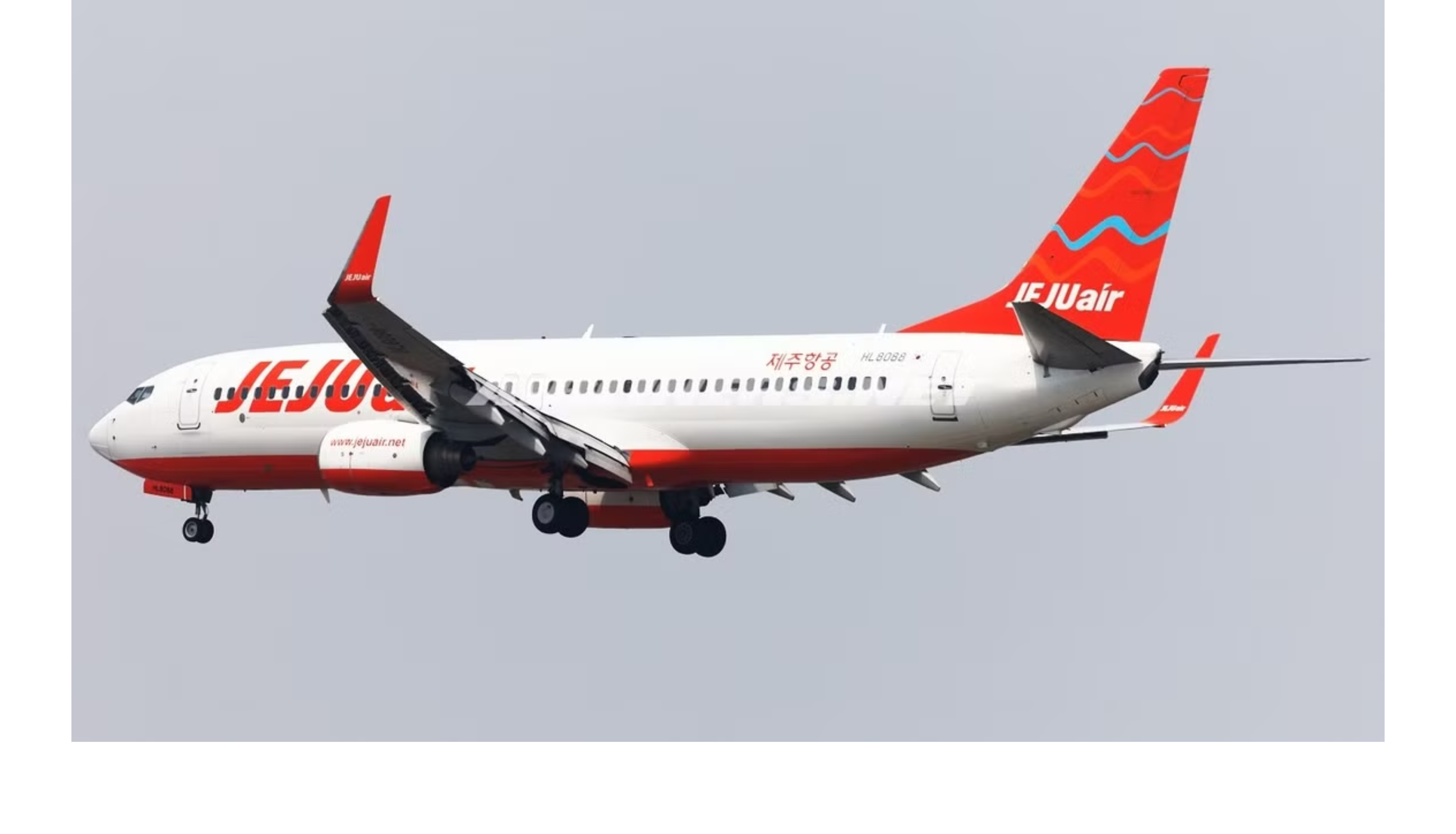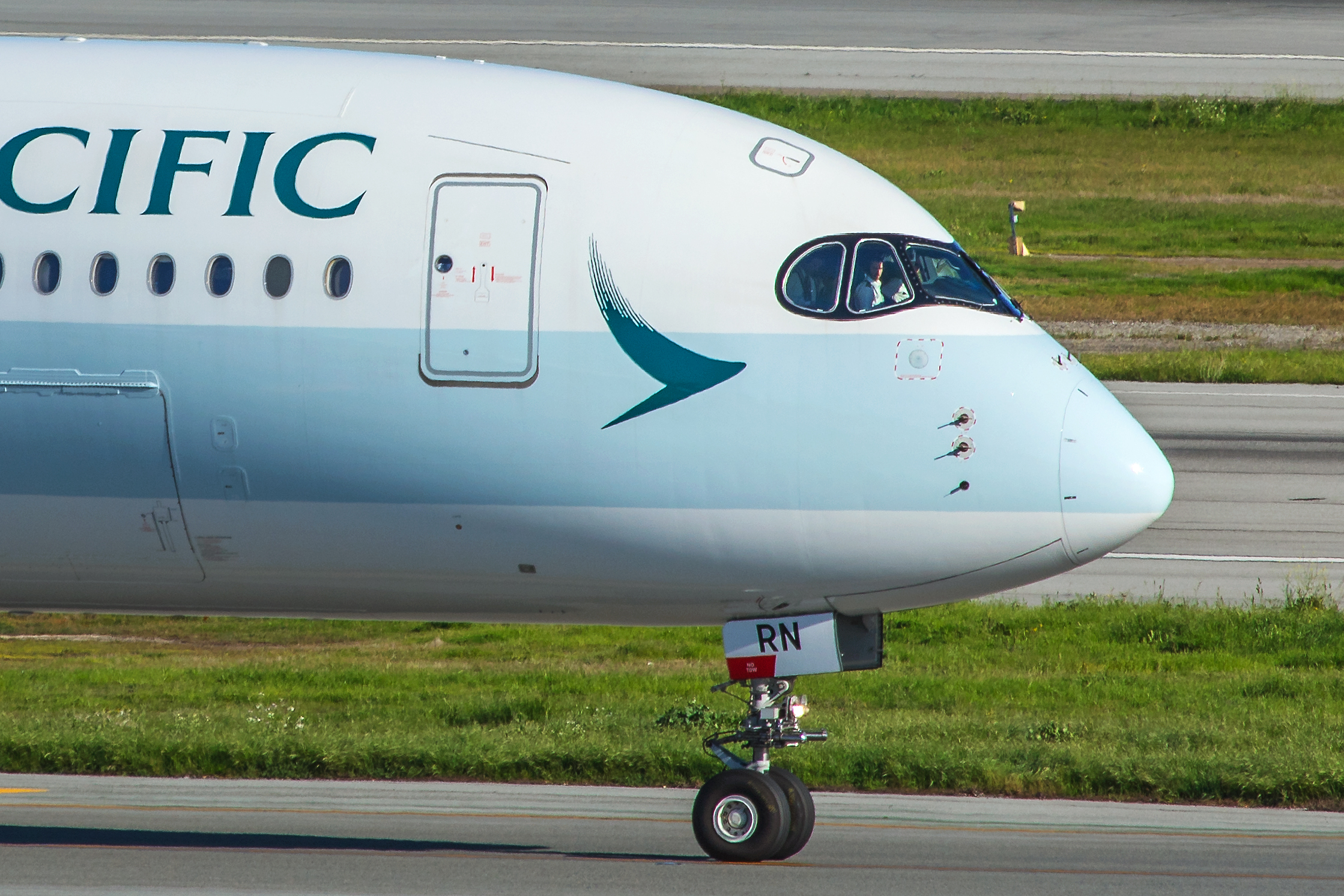The investigation into the tragic crash of Jeju Air flight 2216 is picking up pace. The focus is now on carefully extracting data from the plane’s two black boxes. While the initial extraction of information from the cockpit voice recorder is complete, the flight data recorder is posing some challenges. As such, Korean authorities have decided to send it to the National Transportation Safety Board in the United States for further evaluation.
Flight data recorder to be sent to the NTSB
As investigating agencies try to figure out the cause of the fatal Jeju Air crash in Muan, South Korea, the two crucial black boxes are expected to provide vital information about the course of events that led to the accident.
Authorities have retrieved the black boxes from the wreckage, but extracting information from the flight data recorder (FDR) is proving difficult. It reportedly sustained some damage during the crash, and it has been decided that sending it to the United States is the best course of action.

Photo: Jeang Herng | Shutterstock
According to The Korean Herald, the FDR also has a missing “connector,” a thin structure that helps with data transmission and power supply. An attempt to repair and analyze it in South Korea did not look promising.

NTSB To Assist South Korean Aviation Authority With Investigation Into Jeju Air Flight 2216
The crash comes at a time of extraordinary political instability in South Korea.
Ju Jong-wan, Director of Aviation Policy at the Ministry of Land, Infrastructure and Transport, said that FDRs are sometimes transported by ship, but in this case, they will be sent by air to speed up the process. The South Korean government has also emphasized that investigators from the country will also be involved in the process of analyzing the data along with NTSB and that it would not be a unilateral analysis. Ju added,
“Repairing the connector or finding a replacement is a complex process that could risk damaging the data if not handled carefully. The most reliable option is to collaborate with the NTSB.”
Data from the cockpit voice recorder extracted
Meanwhile, things have been progressing well with the other black box – the cockpit voice recorder (CVR). According to reports, data has been extracted from the CVR, and the relevant teams are working to convert it into voice files.

Photo: Starz12 | Shutterstock
The Korean Herald added that initial data revealed a conversation between the pilots and the air traffic control and that the decision to land on the opposite runway was agreed upon mutually. The report quotes the Transport Ministry as saying,
“The air traffic controller guided the pilot to the nearest direction, and the pilot agreed to proceed with the landing attempt.”
All victims identified
One of the deadliest air crashes in South Korean history, the Jeju Air accident claimed 179 lives. Only two people survived the crash – both cabin crew members seated at the back of the ill-fated Boeing 737-800.
The tragedy has sent the country into mourning, and the difficult task of identifying the victims has now been completed. The Central Disaster and Safety Countermeasure Headquarters has confirmed the identity of all the 179 people deceased in the accident, and as of December 1, 21 victims have been handed over to their families.
The exact cause of the crash will only be revealed after the investigating agencies conclude their analysis, but several reports have said that the aircraft suffered a bird strike shortly before landing. But that does not explain why the landing gear of the aircraft failed to deploy.
In the video doing the rounds online, the Boeing 737-800 was seen landing on its belly at a high speed and without its flaps configured for landing. Questions are also being asked about the existence of a concrete wall 250 meters from the end of the runway.
These structures are supposed to break apart if impacted, but that was not the case in the Jeju Air tragedy. Many experts believe that there would have been many more survivors had the wall not been there.



